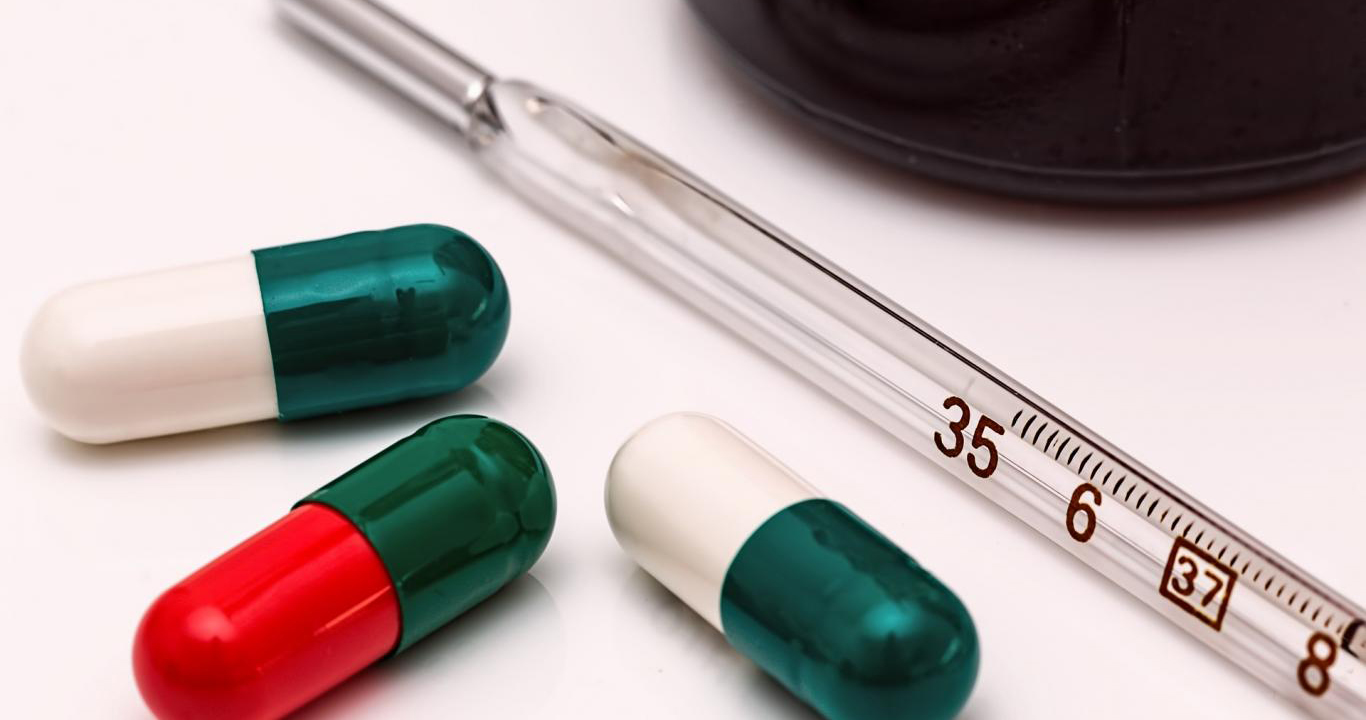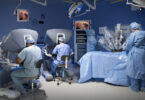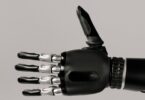Antibiotics are powerful medications that fight bacterial infections. Its correct use can save lives, however many times the consumption of this type of medicine is unnecessary in some treatments. The self-medication with antibiotics creates a serious public health problem, because the inadequate choice of the antibiotic and, especially, an incorrect dosage, can generate populations of bacteria resistant to said antibiotic. On the other hand, antibiotics and antimicrobials are totally ineffective in viral diseases, so their use should be prevented in these cases.
Antibiotics act by eliminating the bacteria or preventing their reproduction. After taking antibiotics, the body’s natural defenses are sufficient to act on the body. The purpose of antibiotic treatment is to achieve the annihilation of the pathogenic microorganism. For this, it is necessary to follow a posology that achieves that in the focus of the infection a concentration of the drug exceeds the minimum concentration capable of inhibiting the microorganism for a sufficient time.
 Now let’s talk about the cases of acute respiratory infections being these the majority of viral origin and many specialists administer routine treatments with antibiotics to avoid complications even if they are unnecessary. Now, Argentine investigators verified that a new tool of diagnosis allows in less than two hours to improve the indication of those medicines and of additional laboratory studies.
Now let’s talk about the cases of acute respiratory infections being these the majority of viral origin and many specialists administer routine treatments with antibiotics to avoid complications even if they are unnecessary. Now, Argentine investigators verified that a new tool of diagnosis allows in less than two hours to improve the indication of those medicines and of additional laboratory studies.
The application of this new molecular technique is considered a valuable opportunity to avoid unnecessary use of antibiotics, said the study’s director CyTA-Leloir, Dr. Marcela Echavarria, vice director of the Clinical Virology Unit of CEMIC and independent researcher of the CONICET, in Argentina.
Nowadays, in many medical centers a method of direct diagnosis of respiratory viruses is used that is limited to eight pathogens and does not always detect low levels of microorganisms.
Now, the Study Director and the researchers managed to test a new technique, the “FilmArray” respiratory panel, which can detect 20 pathogens in two hours including respiratory viruses that are not effectively identified by conventional methods, including rhinovirus and coronavirus. The results of these tests were very comforting, concluding that the diagnoses of different respiratory pathologies allowed to avoid the unnecessary prescription of antibiotics and the request of some complementary studies, said the Director of the new system.
Among other findings, published in the Journal of Clinical Virology, the authors of the study found that many cases of bronchitis were of viral origin, which determined that doctors changed their initial intention to indicate antibiotics.
The inappropriate use of antibiotics contributes to the increase of bacterial resistance, said the Director of the study in Argentina. And he stressed that it would be ideal to implement molecular methods for diagnosis that could cover a greater number of pathogens.
These and other innovations are also possible in Pharmamedic.








